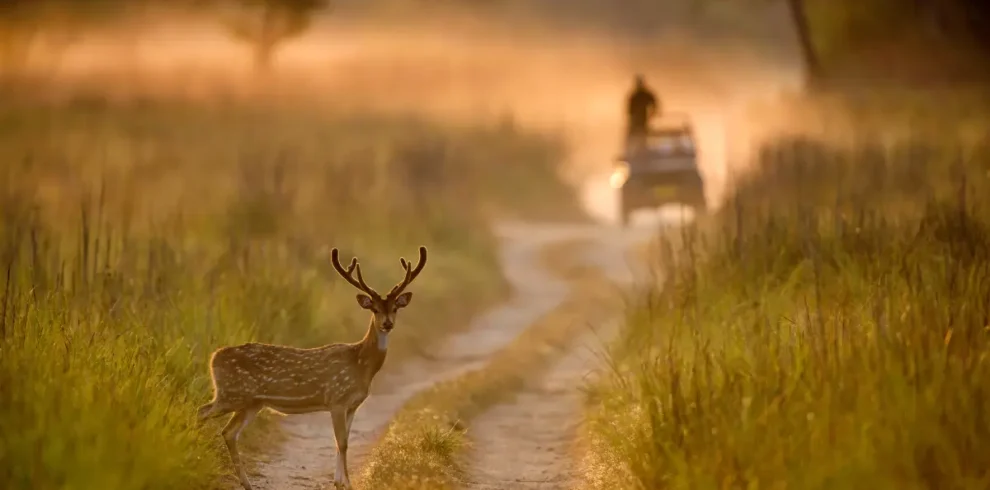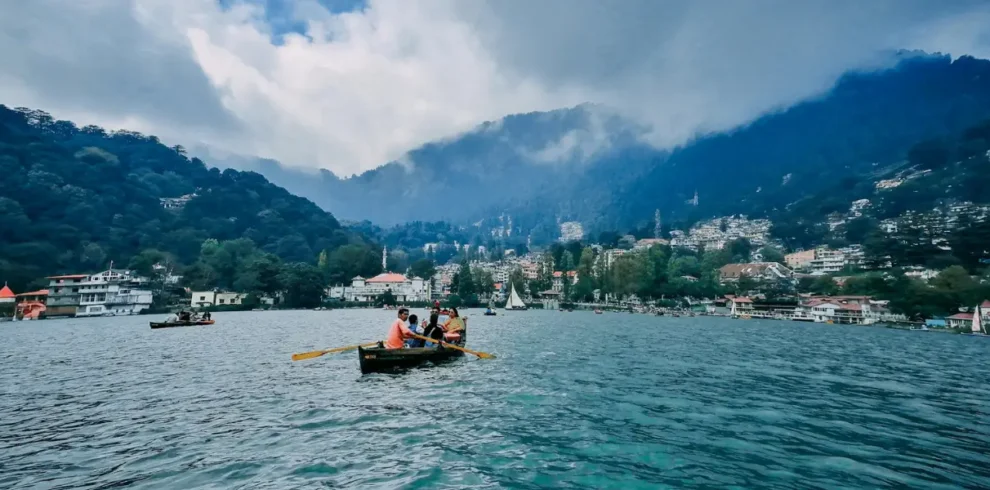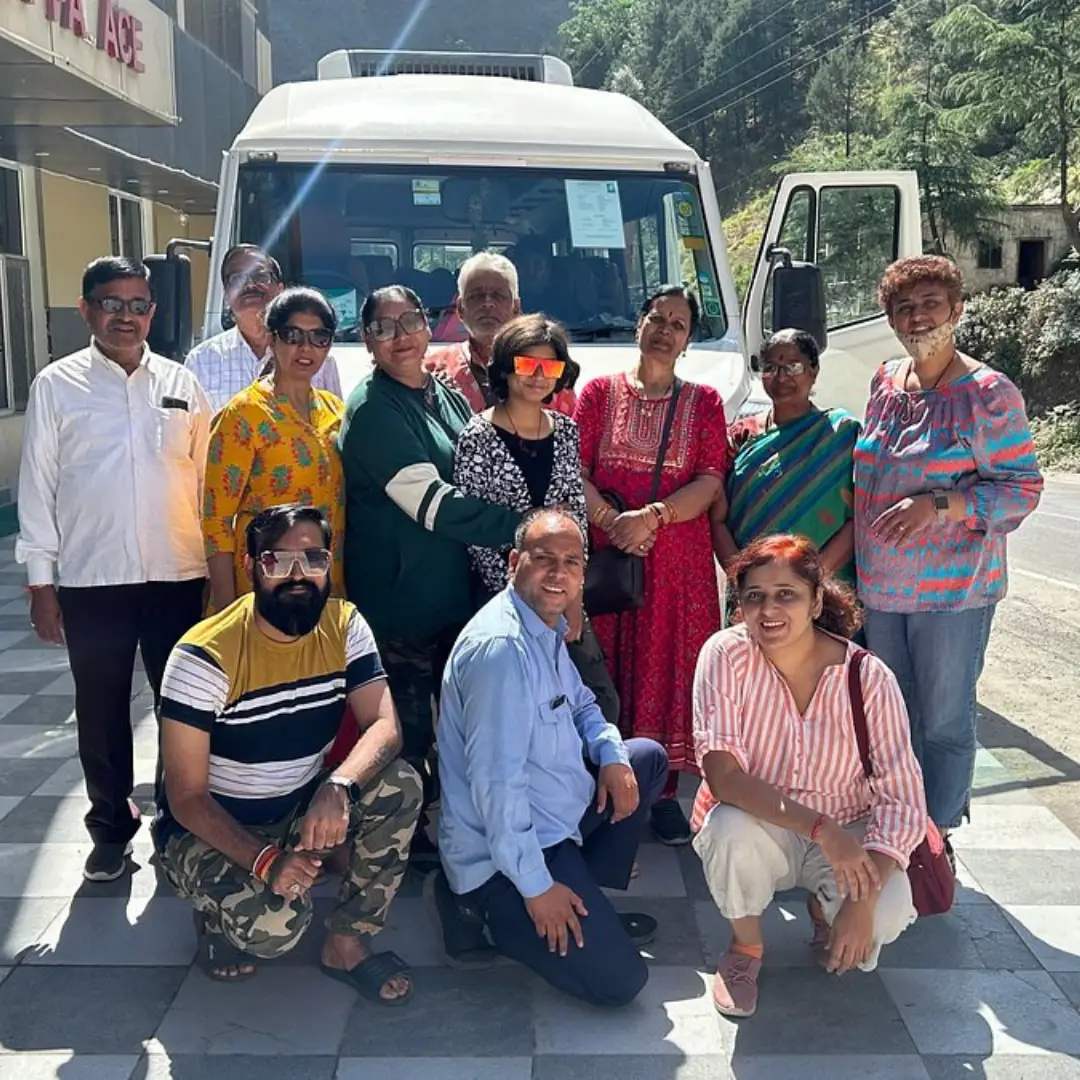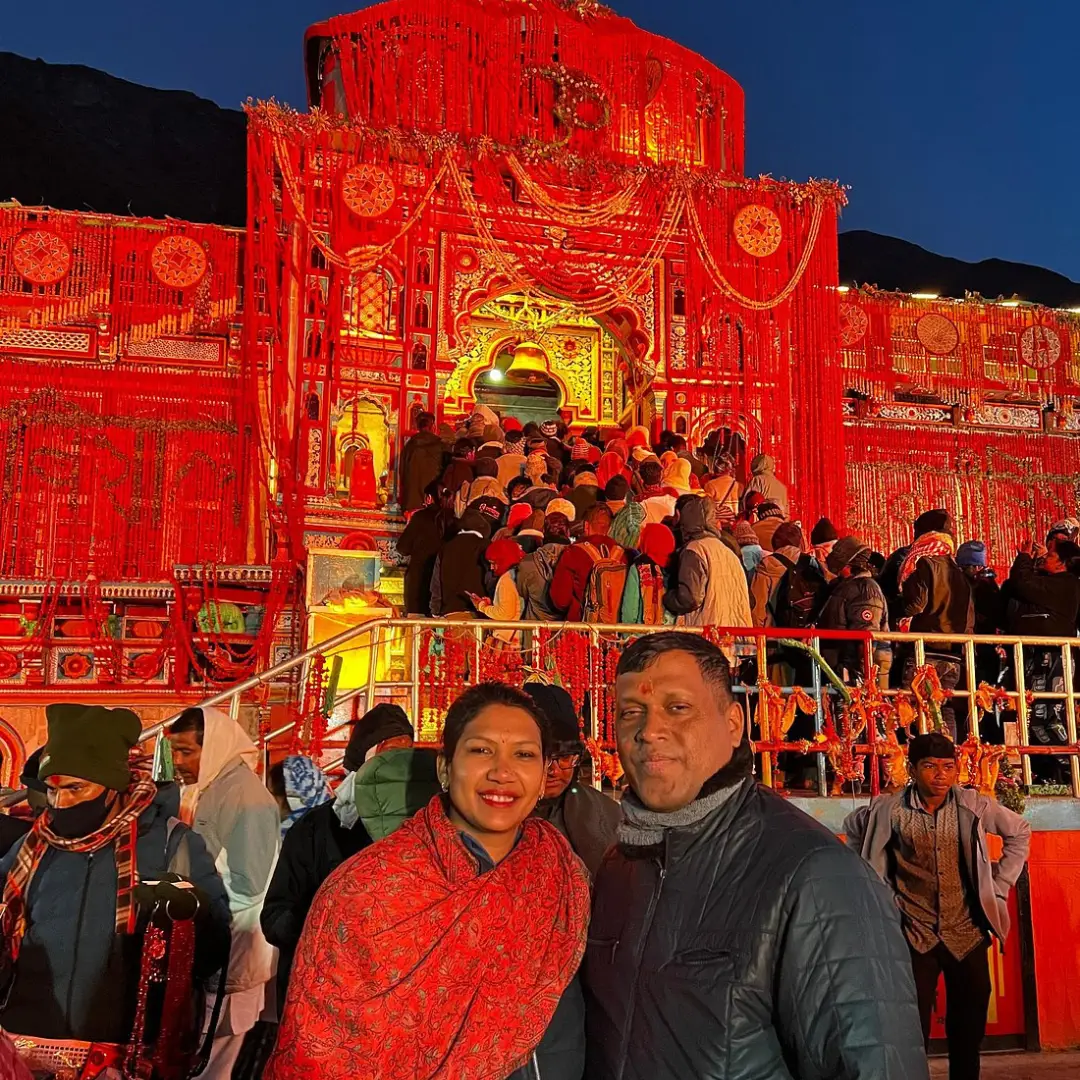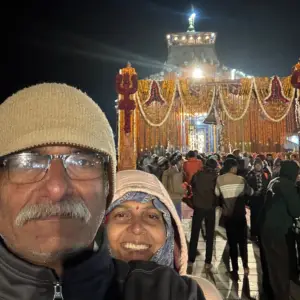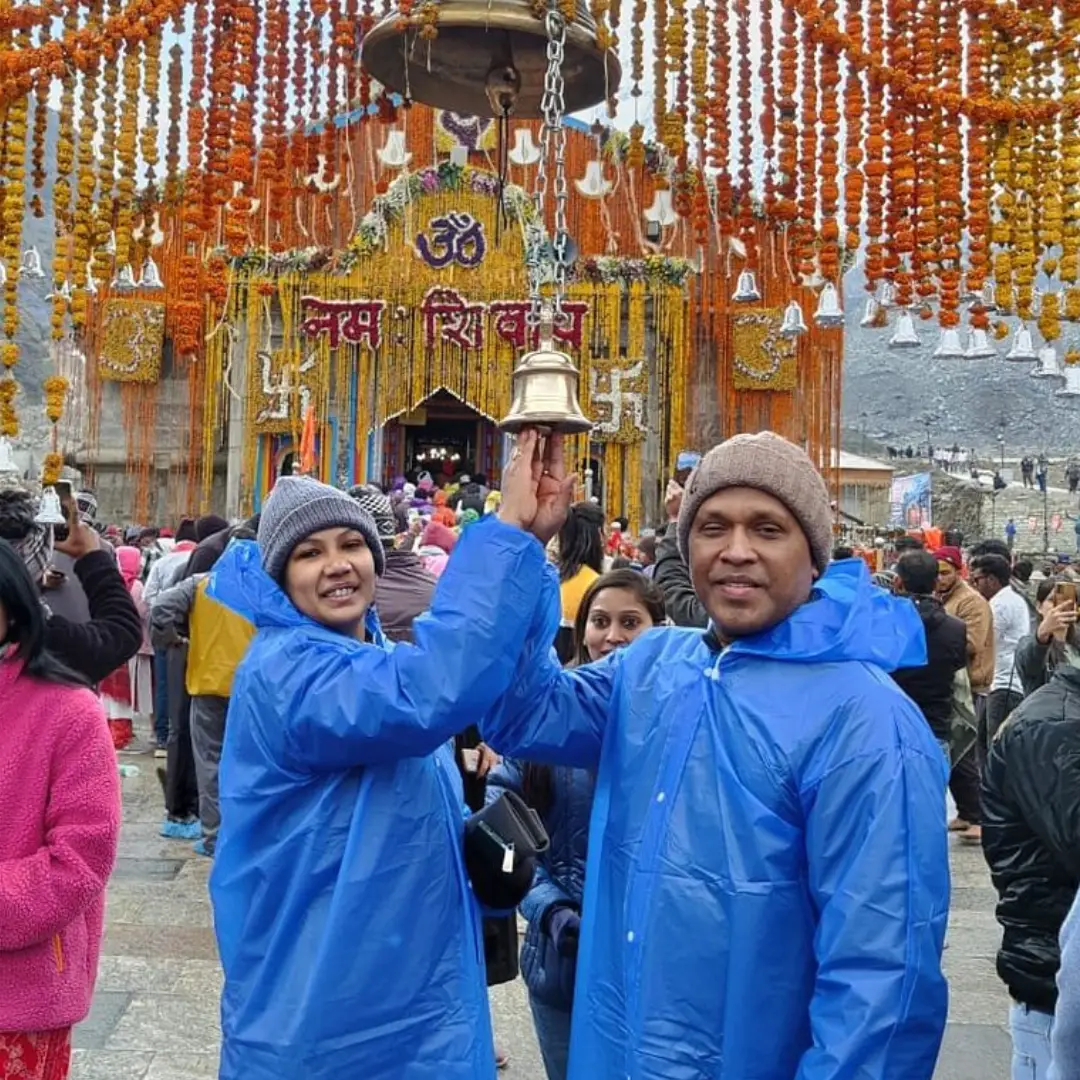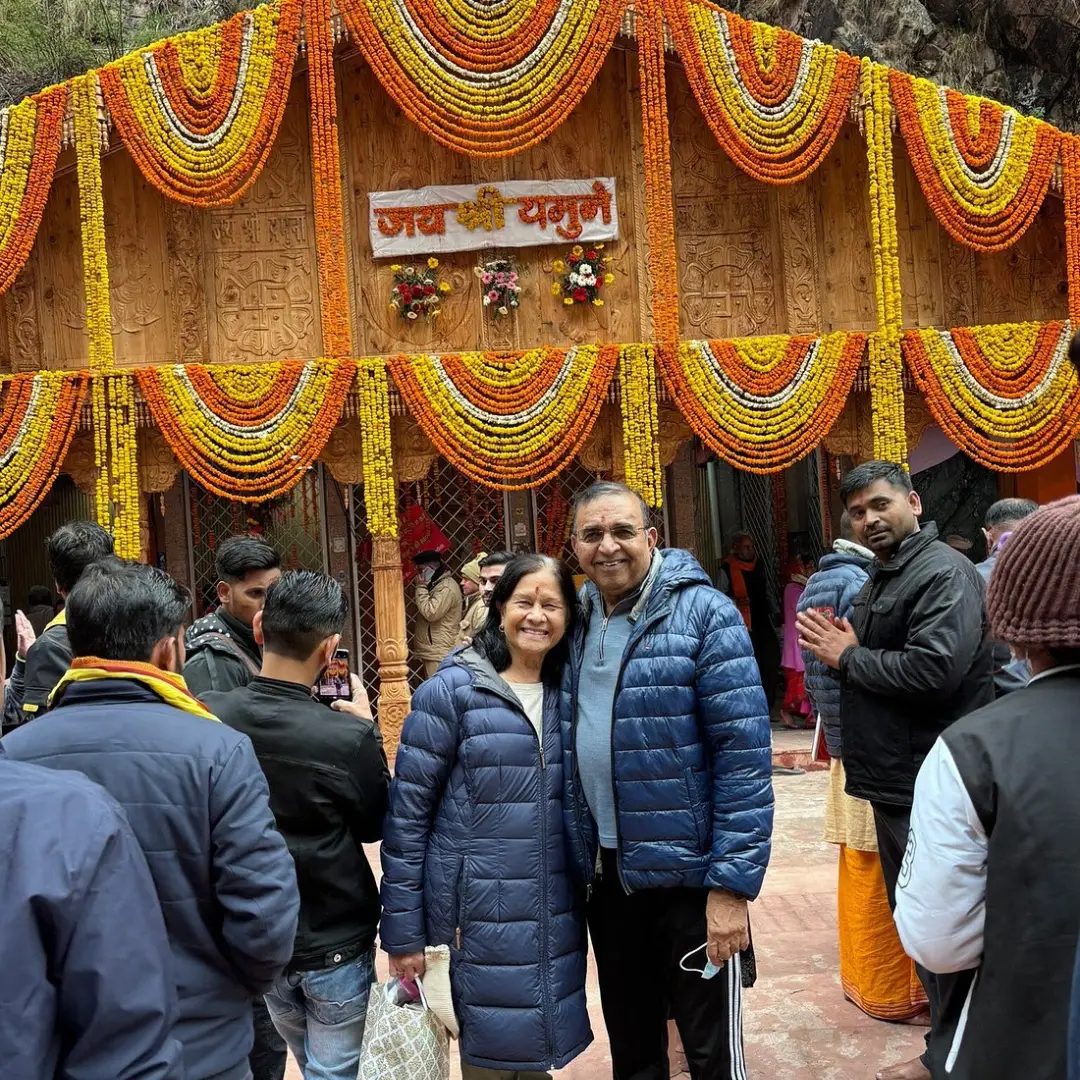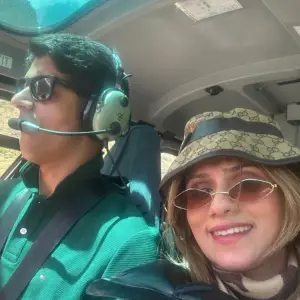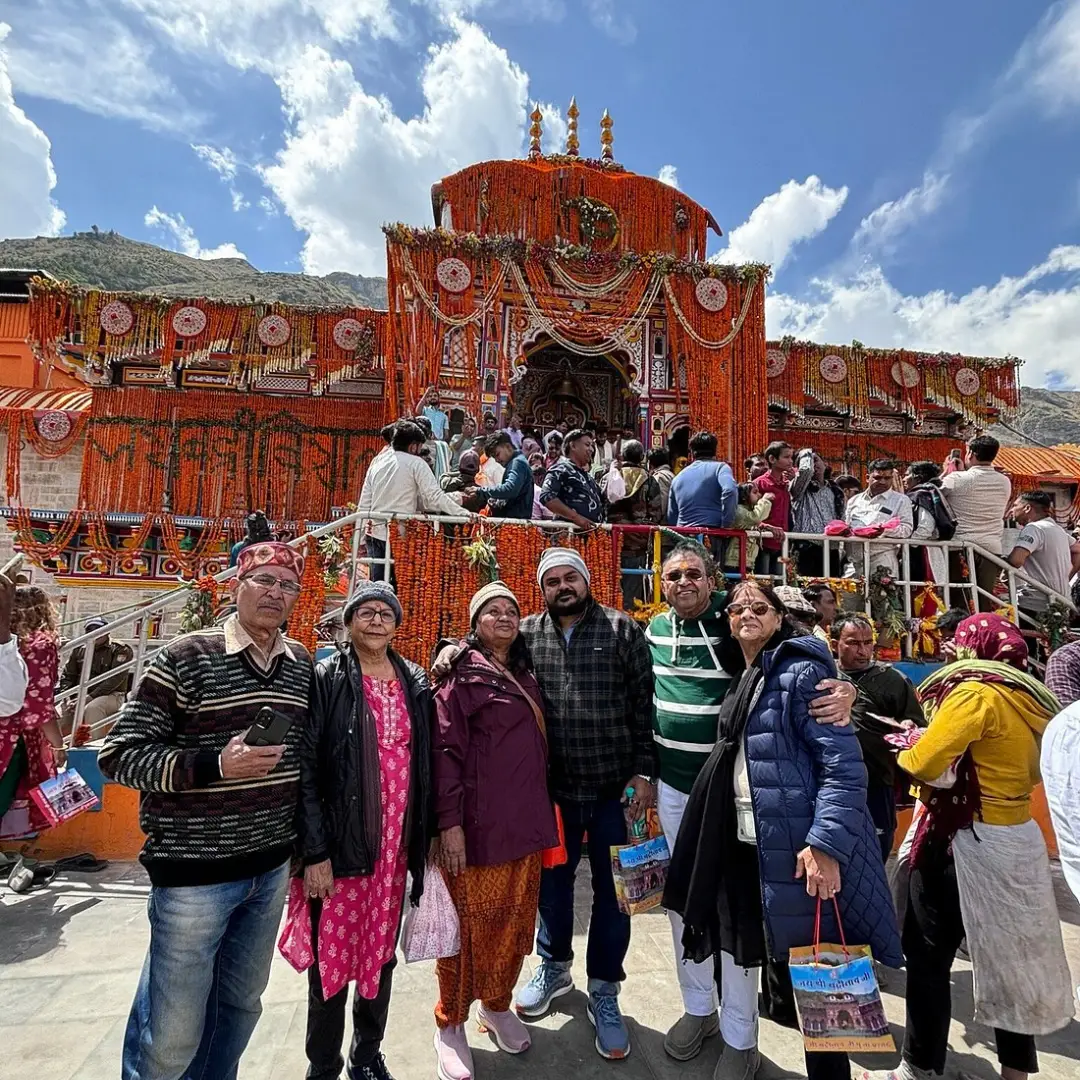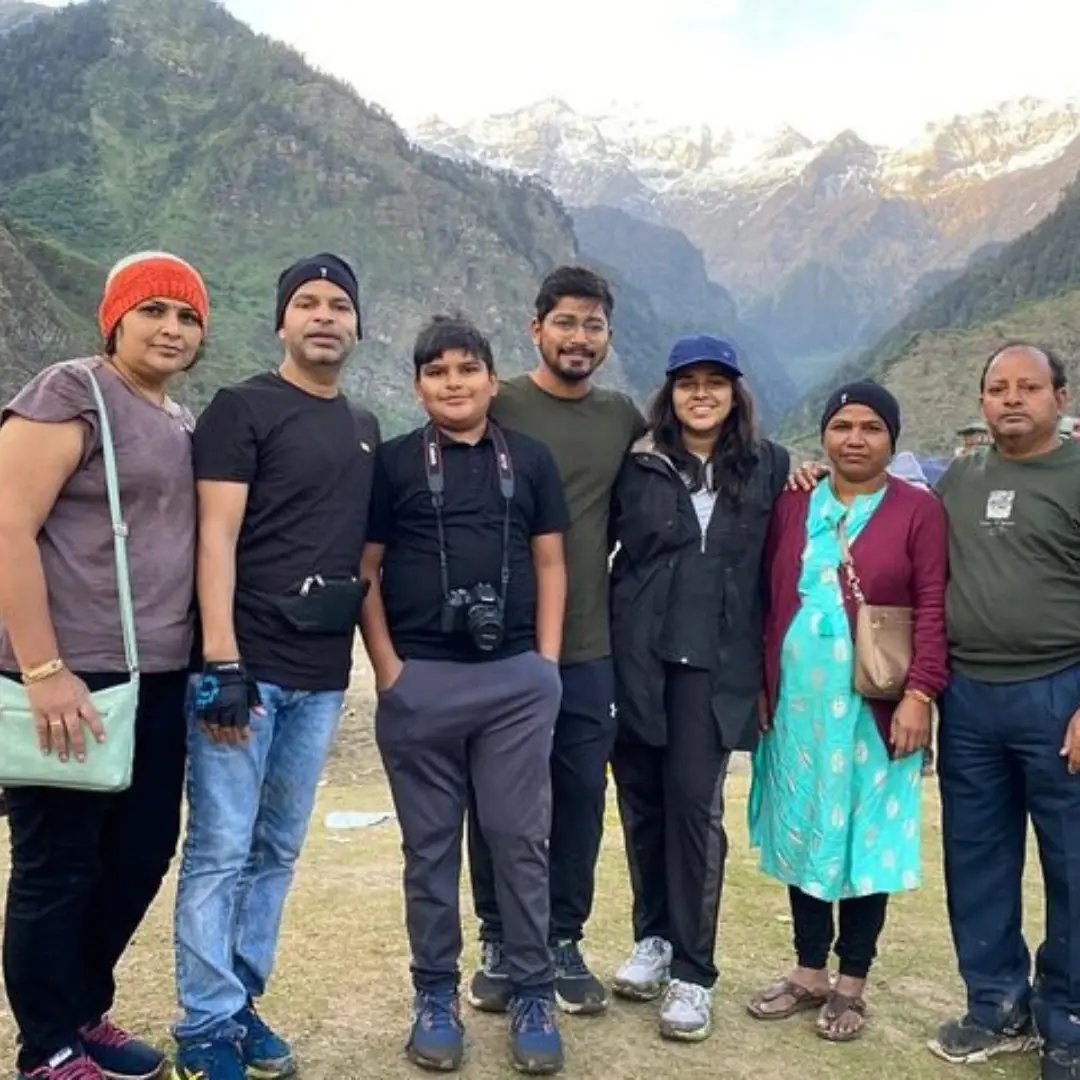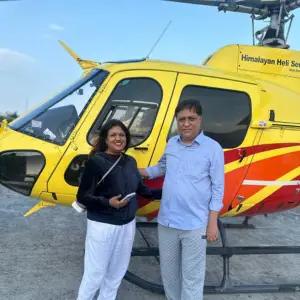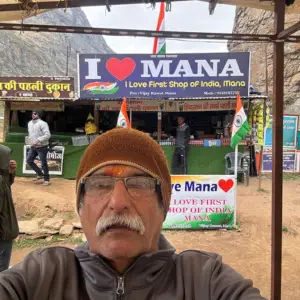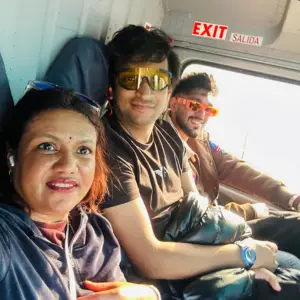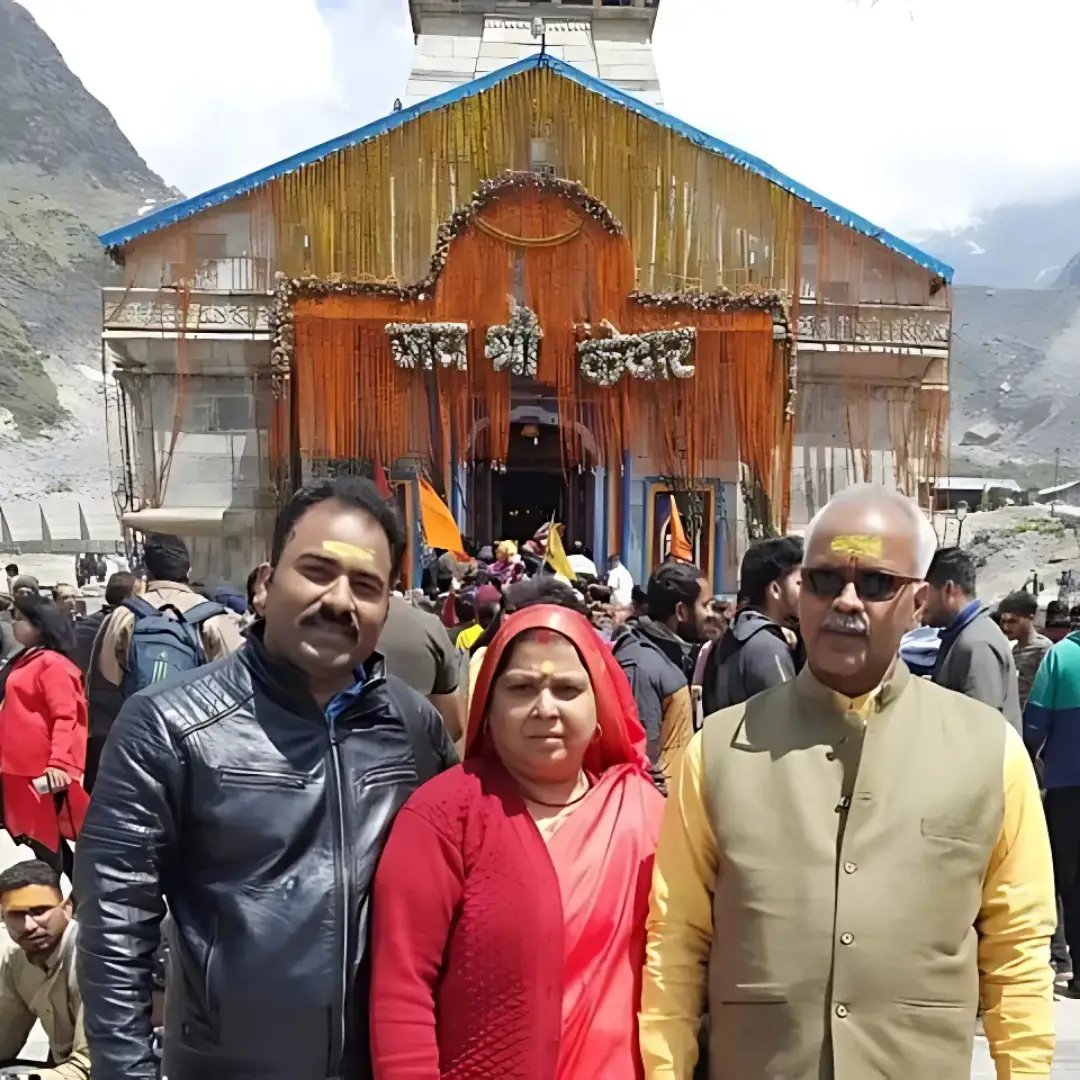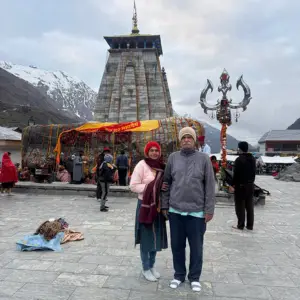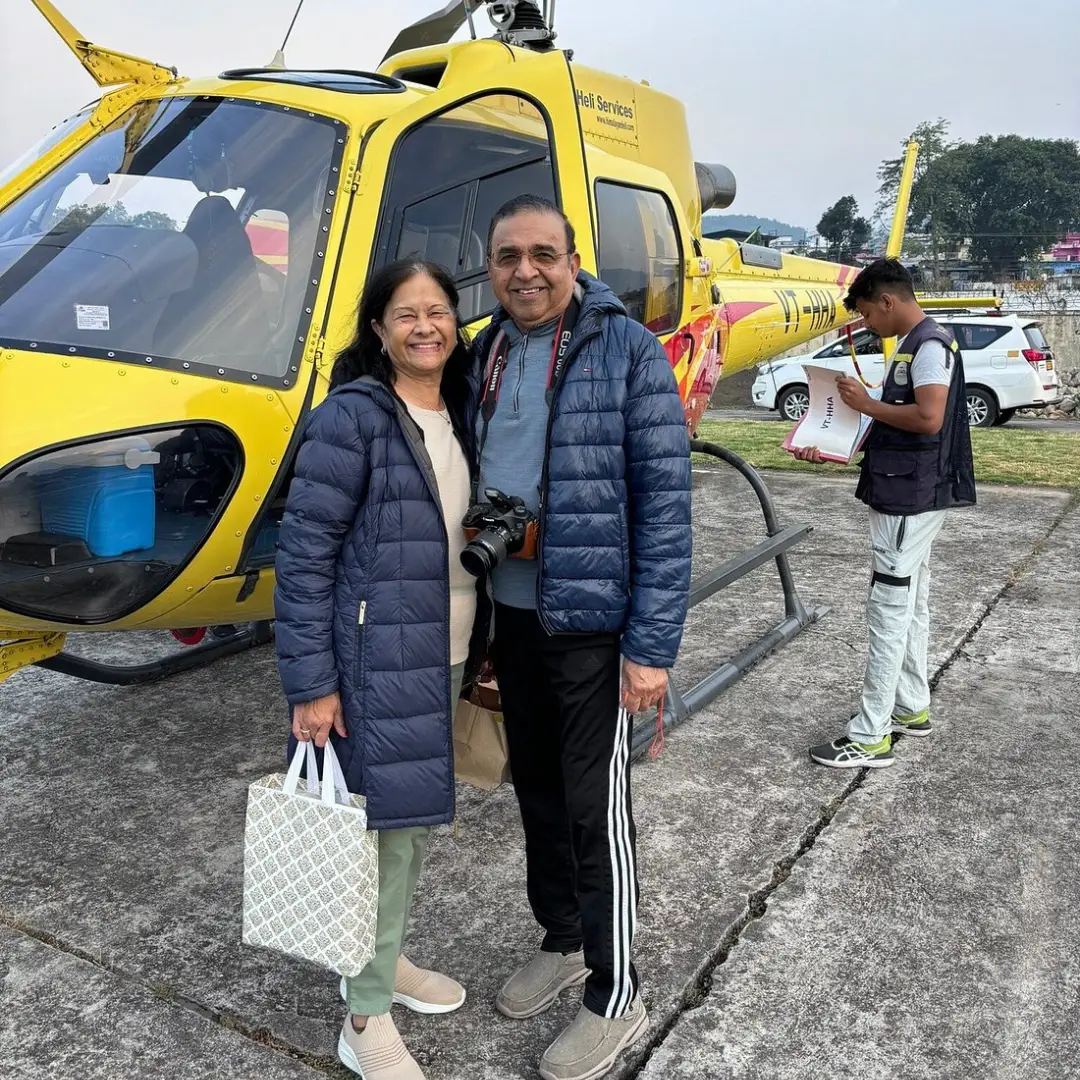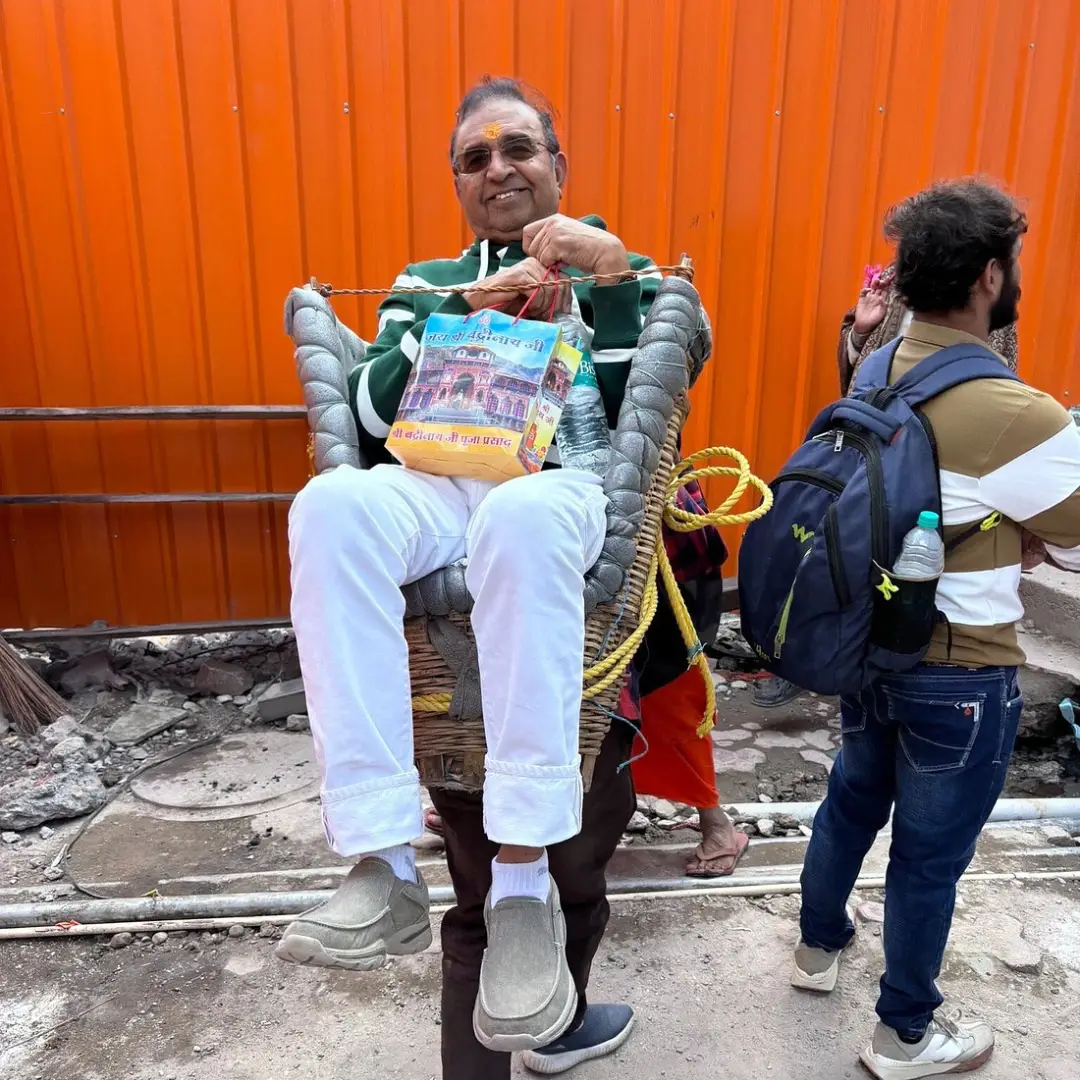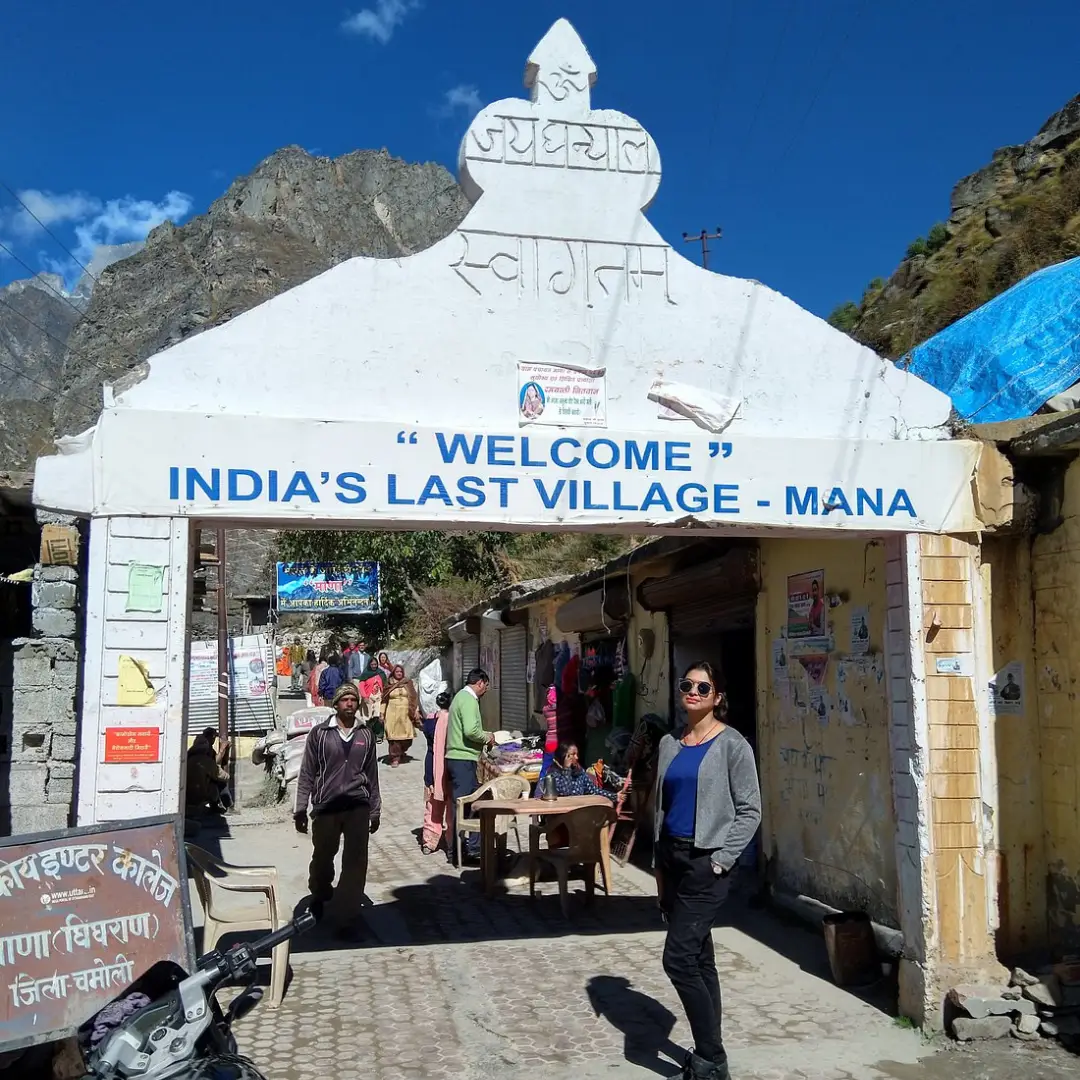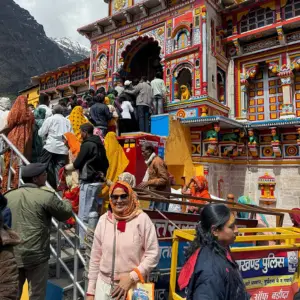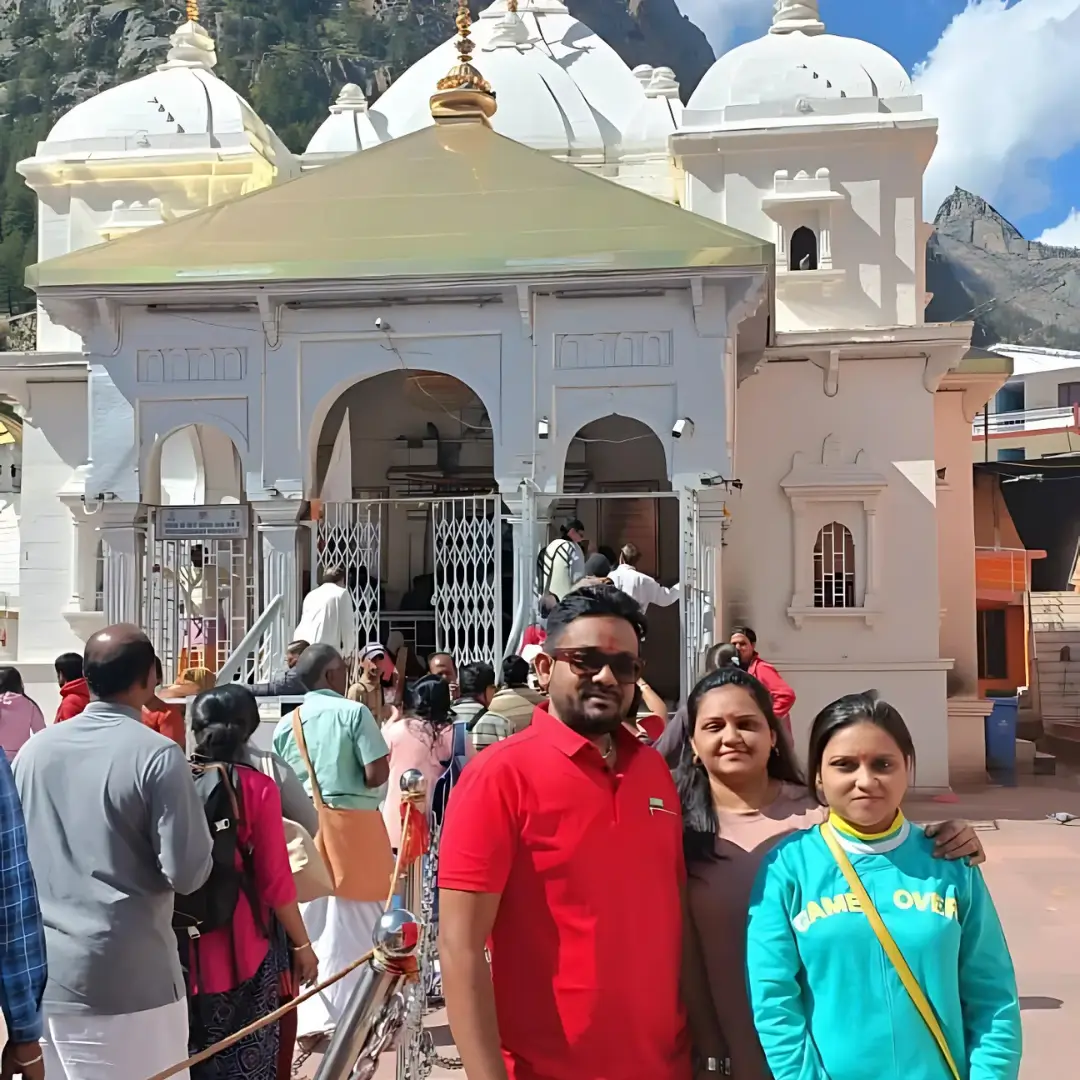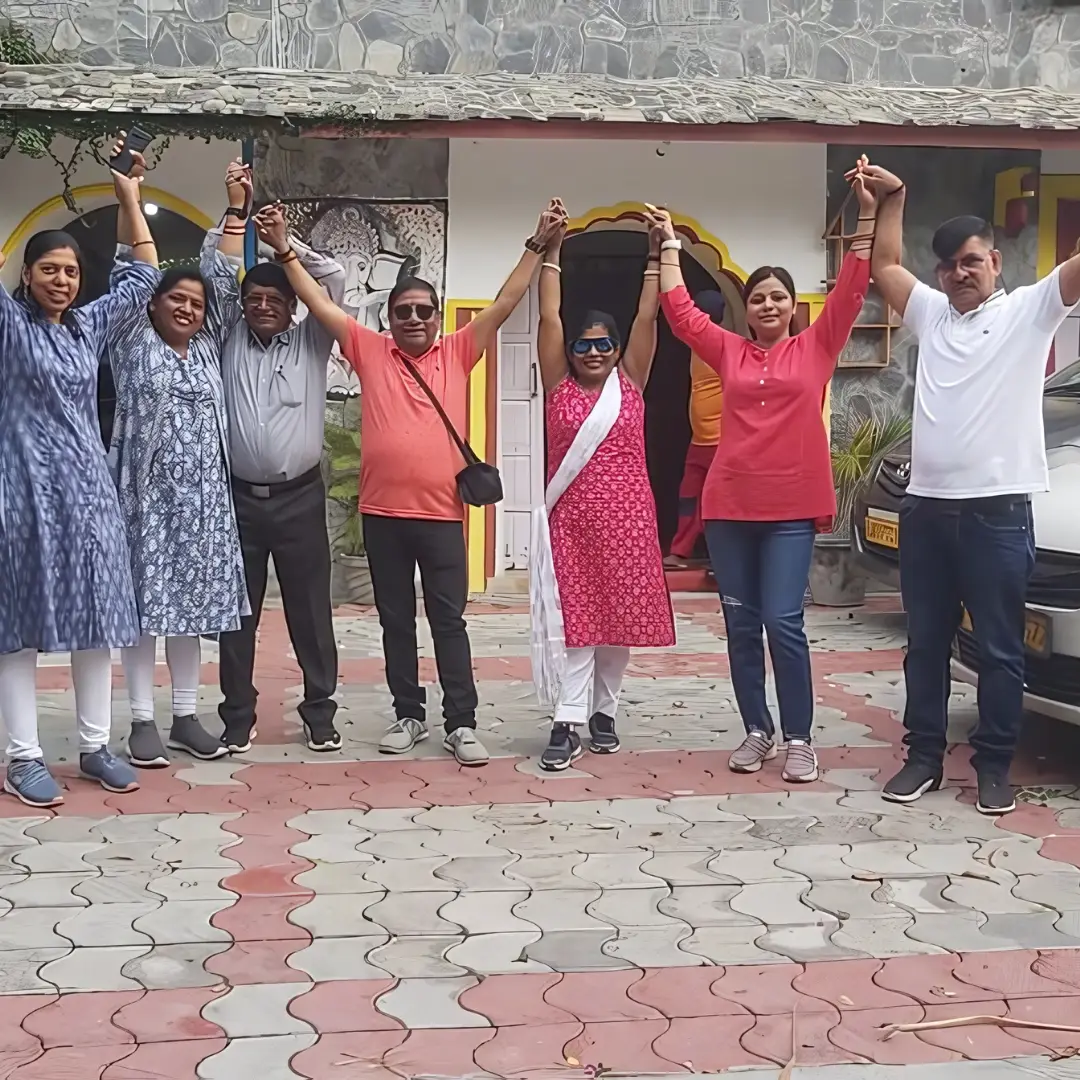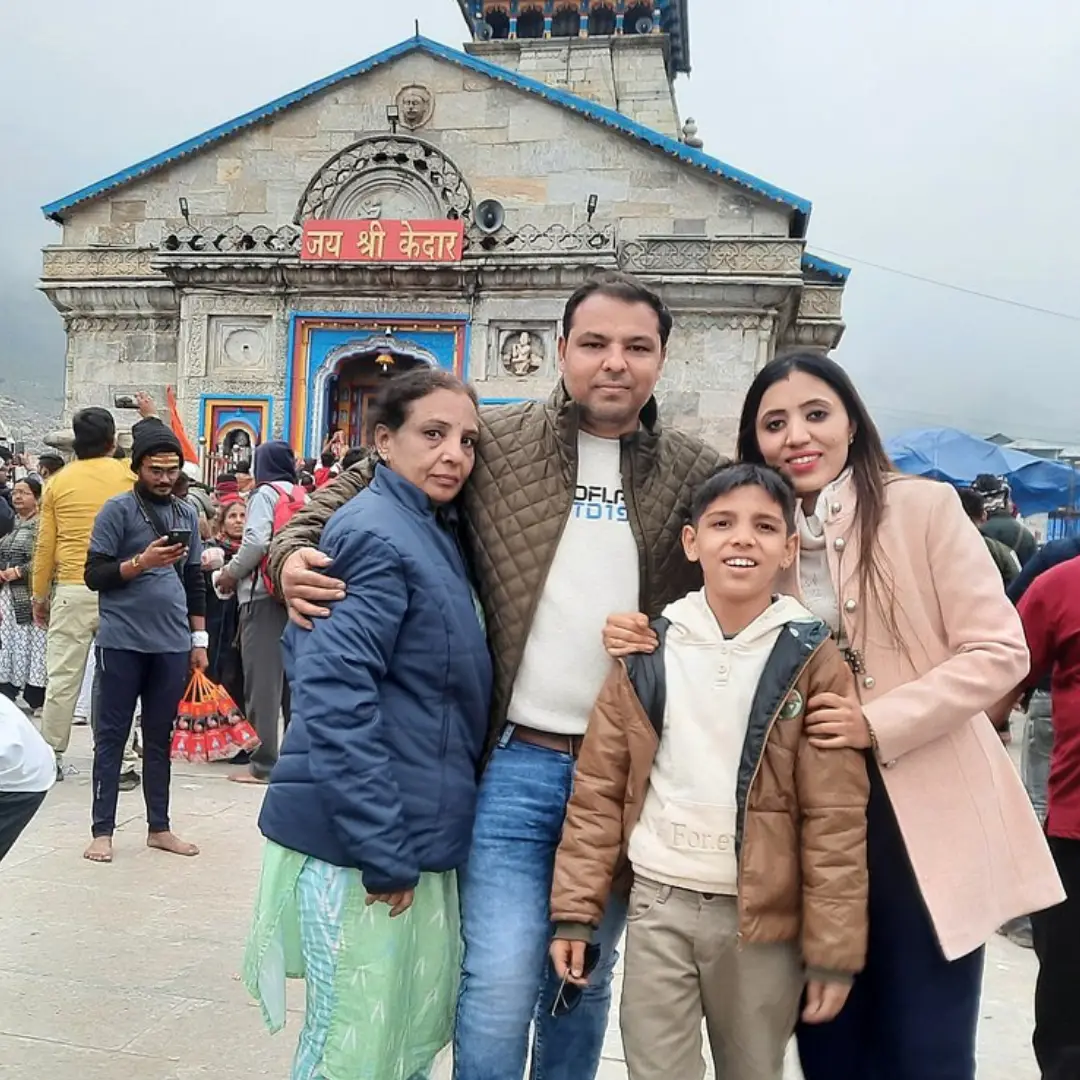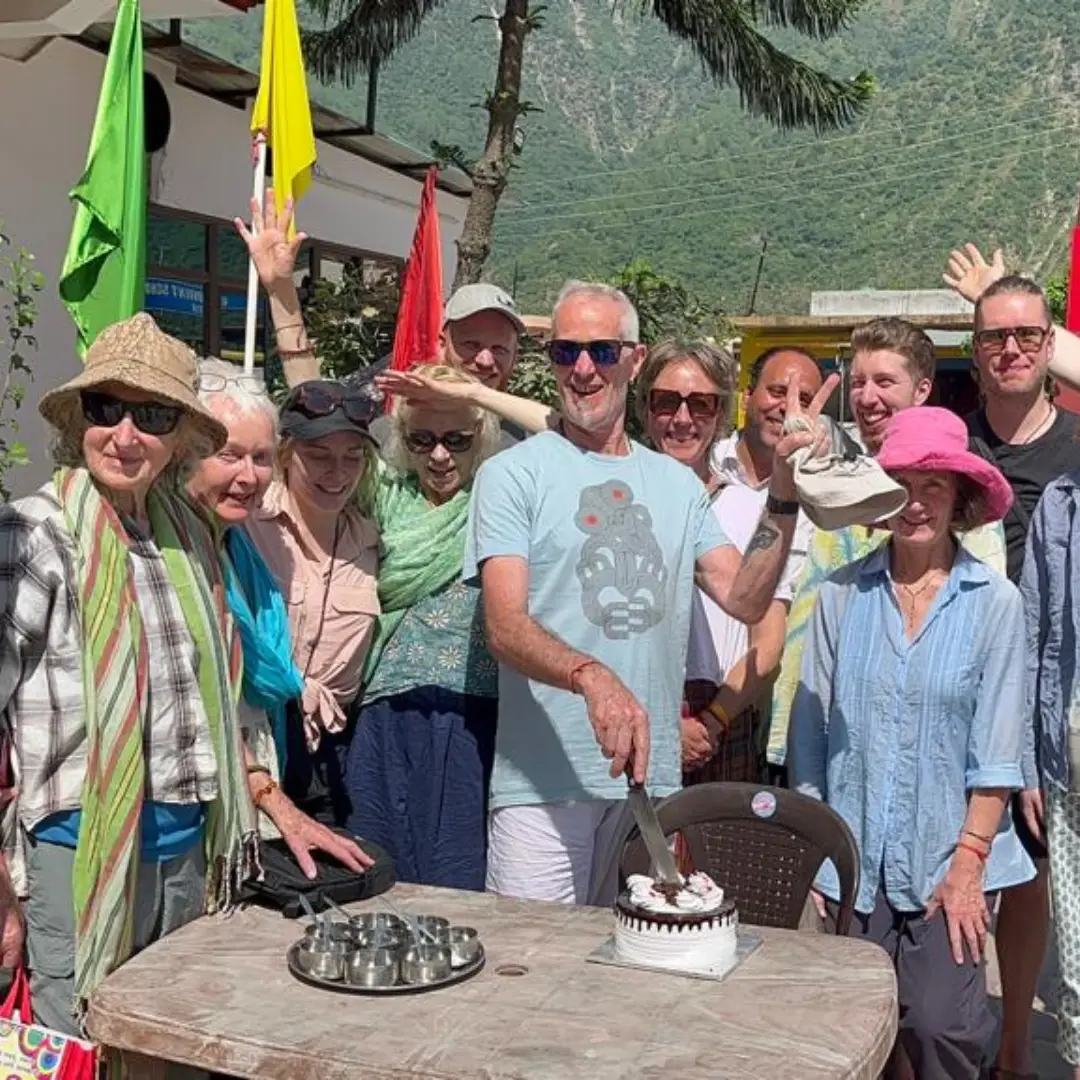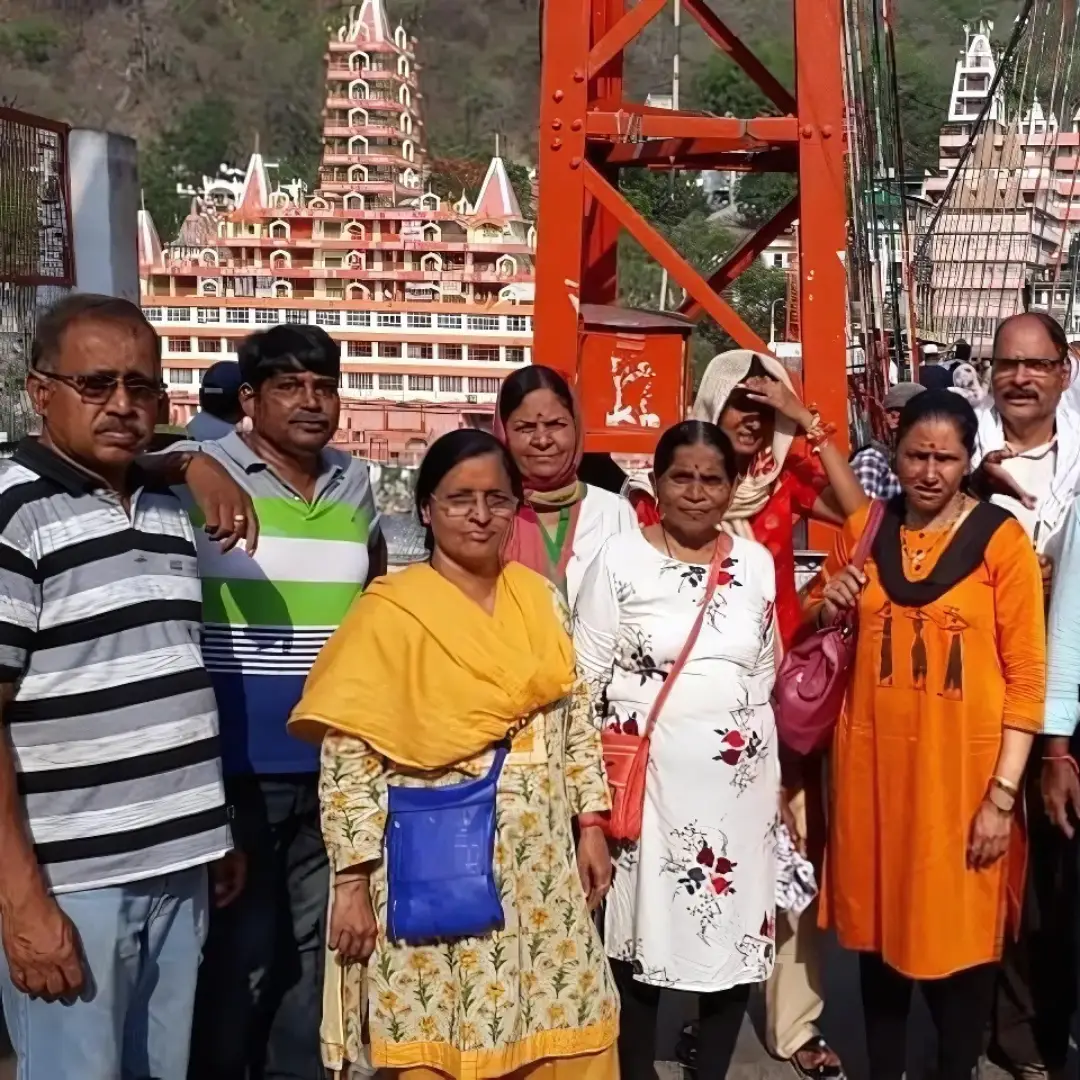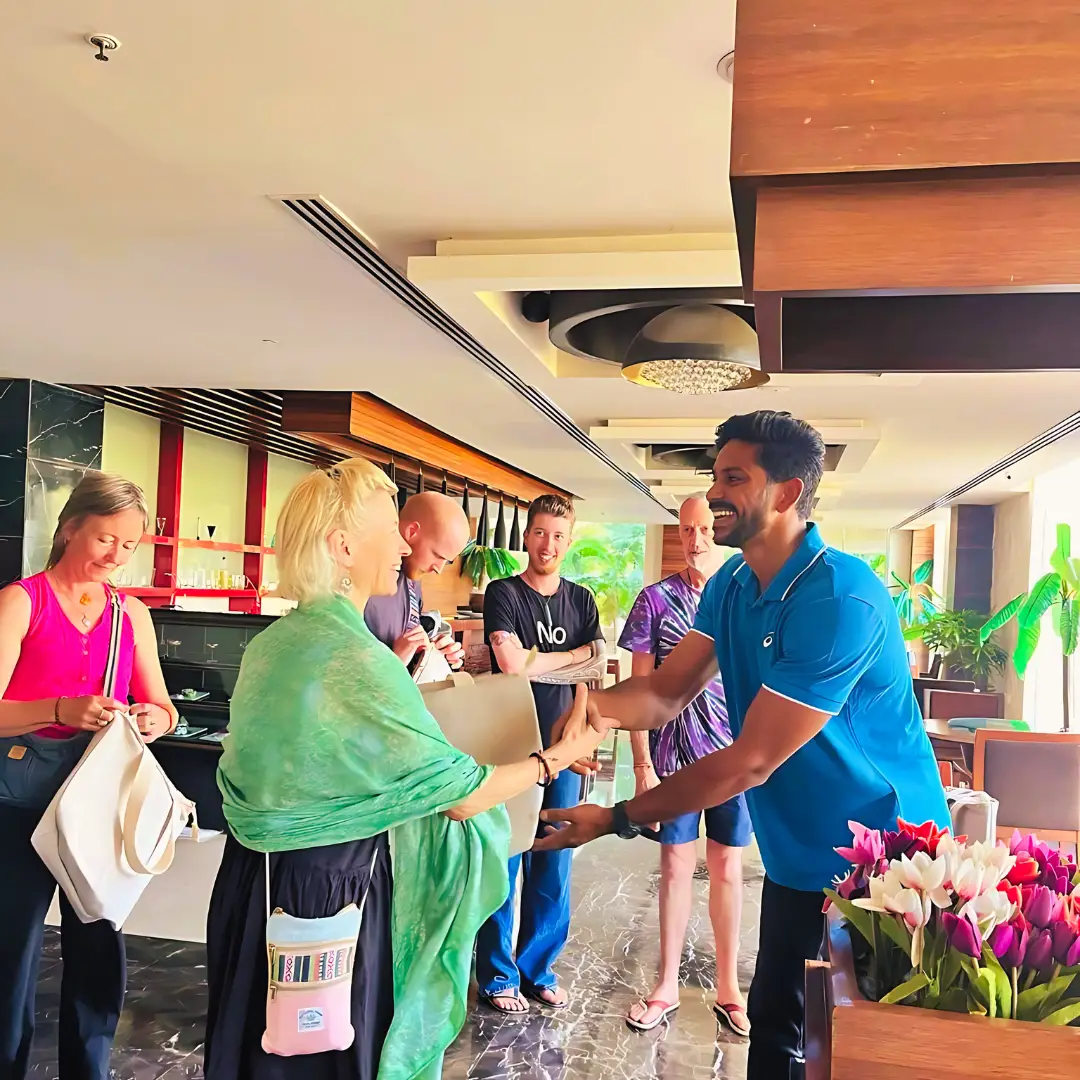Best Route & Travel Tips for Jim Corbett from Delhi Adventure
Planning how to reach Jim Corbett from Delhi is key to a smooth weekend. The most common route is via NH9 (formerly NH24) to Hapur, then right via Garhmukteshwar–Moradabad–Ramnagar. The drive is scenic once you approach the Ganges and the foothills – good stops for a chai‑break or early breakfast are along the way. For those not driving, a direct train to Ramnagar or a Volvo bus from Anand Vihar works well. Hiring a private taxi or self‑drive car from Delhi gives you flexibility. Start early, around 5 AM, to reach by lunchtime and begin afternoon safari or local activities.
• Main route: Delhi → Hapur → Garhmukteshwar → Moradabad → Ramnagar
• Public transport: Direct train to Ramnagar (~5 h) or Volvo bus (~6 h)
• Car travel: Self‑drive or taxi, ideal for family convenience
• Recommended departure: 5 AM from Delhi to beat traffic
• Stopovers: Garhmukteshwar, Moradabad – clean restrooms and dhabas
Where to Stay: Jim Corbett National Park Hotels & Resorts
Picking the right stay makes a Jim Corbett from Delhi weekend extra special. The park area has resorts, forest lodges, and budget hotels. Resorts focus on comfort—rooms, meals, activities (swimming pools, nature trails). Forest lodges provide raw experience—with proximity to wildlife, jeep pickup for safari, simple meals. Budget hotels in Ramnagar town cater to backpackers. Families and first‑timers often prefer mid‑range resorts offering guided walks and kids’ zones. Popular zones include Dhikala, Sitabani, Bijrani—each with different accommodation styles and forest blocks nearby.
• Resort: air‑conditioned rooms, meals included, often with pool & activities
• Forest lodge: basic rooms, early safari access, raw natural vibe
• Budget hotel: in Ramnagar – pocket‑friendly, easy access to park entrance
• Zones: Dhikala (best wildlife sightings), Bijrani (family‑friendly), Sitabani (birdwatching)
• Approx prices: Resorts ₹4,000–₹6,000/night; forest lodges ₹2,500–₹4,000; hotels ₹1,500–₹2,500
Understanding Jim Corbett National Park Weather for Your Trip
Knowing jim corbett national park weather helps you pack smart for your Delhi‑to‑Corbett weekend. Winters (Nov–Feb) are crisp and foggy in mornings (5–10 °C), warming to 20–25 °C mid‑day. This is prime time for tiger sightings, but early safaris can be chilly—layer up. Summers (Mar–Jun) can hit 35 °C, and grass tall, making wildlife sightings tricky. Monsoons (Jul–Sep) bring lush green, low visibility, and closed zones. For a weekend escape from Delhi, late autumn through early spring (Oct–Mar) is ideal: full daylight, wildlife visible, comfortable temperatures.
Winter (Nov–Feb): 5–25 °C, best for safaris, pack warm layers
Spring (Mar–May): 20–35 °C, can be warm, light clothing and sunscreen
Monsoon (Jul–Sep): forest green, park partially closed
Rain gear: pack a waterproof jacket if going in Oct/Jun
Humidity: up to 70% in summer – sun protection essential
Booking Your Jim Corbett Safari & Tickets
Reserve safari slots online in advance via the official Corbett portal to avoid disappointment. Two safari types are available: jeep and canter. Jeeps carry up to six passengers; canters hold 12–15, ideal for groups. Morning safaris (6–11 AM) and evening safaris (2–6 PM) are offered. First‑timers and families should choose morning—better animal activity and clear light. Dhikala zone safari prices range approx. ₹1,500–₹2,500 per seat for jeeps, ₹550–₹700 for canters. Other zones like Bijrani or Jhirna are slightly cheaper. Still or small‑group safari is ideal for families to spot tigers and elephants together.
Factory zones: Dhikala, Bijrani, Jhirna, Corbett Falls
Safari types: Jeep (₹1,500–₹2,500 per seat), Canter (₹550–₹700)
Timings: Morning 6–11 AM, Evening 2–6 PM
Online booking: mandatory via
forest department portal
Guidelines: carry ID, follow park rules (no littering, no noise), be punctual
Must‑Visit Zones & Attractions in Jim Corbett from Delhi
Dhikala Zone is famous for tigers, elephants, leopards, and birds in a floodplain setting—family‑friendly jeep safaris often rich in sightings. Bijrani is easier to access, great for first‑timers wanting wildlife with fewer rough tracks. Sitabani Reserved Forest is popular with bird‑watchers and leopards; no big safari vehicles allowed, so book private jeep through resorts. Don’t miss spots like Corbett Museum (Jim Corbett’s home‑turned‑museum near Kaladhungi) and Garjia Temple—great for culture patches between safaris.
Dhikala: top tiger‑sighting zone, best for family safari
Bijrani: beginner‑friendly with elephants & spotted deer
Sitabani: leopard‑rich, birdwatcher paradise, private jeep only
Jhirna: open year‑round, good for summer visits
Corbett Museum: Jim Corbett’s cottage museum near Kaladhungi
Garjia Temple: scenic riverside temple on Kosi River
Exploring Jim Corbett Museum & Local Culture
If you’re traveling Jim Corbett from Delhi, don’t skip the jim corbett museum—actually Jim Corbett’s former residence, now a small museum near Kaladhungi. It offers insight into his life as a hunter turned conservationist, his writing, and early conservation efforts in India. It’s a low‑cost, 1‑hour experience, fitting into a safari‑free afternoon. Nearby villages are vibrant, rich with Kumaoni traditions. Drop in on local markets or interact with village families to try zikdal bread or gulgulas (local sweets). This interlude adds a cultural layer—making your escape from Delhi feel more than just wilderness.
Museum entry fee: ~₹40 per adult; open 10 AM–4 PM, closed Mon
Highlights: portraits, letters, Jim’s personal artifacts, early conservation news
Local food: zikdal rice bread, gulgulas (sweet balls), local dal‑chaawal
Village visit: observe Kumaoni homes, handicrafts, farm life
Best time to visit: afternoon after safari or as an alternate activity
Local Cuisine & Dining Options on Your Jim Corbett Trip
Traveling Jim Corbett from Delhi isn’t just wildlife—it’s also gently discovering Kumaoni cuisine and rustic flavors. Comfort‑oriented resorts offer multi‑cuisine buffets, from North Indian staples to continental dishes for kids. But the real taste comes in local mom‑and‑pop dhabas and village eateries, where you can try freshwater fish curry, rotis from village wheat, hill‑grown vegetables, and sweets. Even street‑side stalls in Ramnagar sell pakoras and chai. Hygiene is generally good, but caution on raw salads is wise. Families travelling with kids should balance resort food and local flavors.
Resort meals: breakfast included, buffet or à la carte for lunch/dinner
Local dhabas: dal‑chaawal combos, fish fry, aloo ke gutke
Street snacks: fresh pakoras, hot tea by riverside
Village kitchen: cooked on wood‑fire, slow‑cooked stews
Tips: avoid raw items from unknown vendors; always have bottled water
Best Time to Visit Jim Corbett from Delhi: Seasons & Wildlife
Choosing when to go for your Jim Corbett from Delhi weekend affects everything – weather, sightings, and comfort. Best period is mid‑October to mid‑March. In winter, mornings are cold (5–10 °C) but afternoon safaris are lovely (15–25 °C). Afternoon fog in Jan–Feb might delay safaris slightly, but wildlife is still out. Summer (April‑June) is hot, but riverbed sightings pick up. Monsoon (July‑Sep) sees the forest lush but zones in closure. A winter or early spring trip maximizes tiger sightings, cooler weather, and family‑friendly conditions.
Peak season: Oct–Mar — best wildlife sightings & weather
Shoulder: Apr–May — hot, but good for elephants & birdlife
Monsoon: Jul–Sep — green & quiet; check zone availability
Avoid: max summer heat & mid‑monsoon closures for safaris
Events: local festivals like Kumaoni fairs in October–November
Wildlife You Might Encounter on Your Corbett Weekend
Your Jim Corbett from Delhi get‑away could gift real glimpses of wildlife families dream about. Regular sightings include:
Bengal tiger: Corbett flagship—most often seen in Dhikala and Bijrani
Asian elephant: herd sightings near riverbeds, especially in afternoon
Spotted deer, sambar deer, barking deer: grazing in clearings
Leopards: sitabani & buffer zones; more elusive at dusk
Langurs & rhesus macaques: temples & forest edges
Birdlife: kingfishers, eagles, woodpeckers, parakeets – great for birdwatchers
These sightings aren’t guaranteed—but with two safaris, your odds rise steeply. Morning and evening slots maximize wildlife activity.
Family-Friendly Activities Beyond Safaris
A Jim Corbett from Delhi weekend isn’t only about jeep rides; little extras make it feel extra adventurous for families:
Nature/heritage walk with naturalist: half‑day forest trail learning about birds and trees
Elephant ride (Dhikala): optional side ride to spot wildlife (advance booking needed)
Visit Kosi River: gentle riverside walk or lunch amid flowing streams
Village cultural immersion: interact with local artisans, learn crafts
Swimming & kids’ play zone at resort: helpful downtime after safari
Photography workshops: offered by select resorts for amateur families
These help with pacing, especially for younger kids or parents not keen on long drives.
Accessibility & Safety Tips for Jim Corbett from Delhi
Heading on a Jim Corbett from Delhi drive means planning practical details—from timing to safety. Park zones have basic restrooms; carry water, snacks, and sunscreen. Roads in wild zones are bumpy; be prepared with motion‑sickness tablets if needed. Reliable mobile signals exist near Ramnagar; but once inside zones, service is patchy—download maps (offline) before starting. Carry identity proof for ticket verification. Leasing a private jeep is easiest for families—safer, comfortable, and customized. Obey safari rules: maintain silence, don’t feed animals, no smoke, and wear neutral clothing to blend with surroundings.
Before safari: ID (driver’s license, Aadhar, passport)
Dress: layered, neutral colors (beige, green), comfortable footwear
Health kit: water, sunscreen, insect repellent, motion‑sickness tablets
Phone signal: good in towns, sparse inside park – offline map helpful
Safe driving: take breaks; drive carefully on hilly/bare roads
Park rules: follow guide’s instructions, no loud talk or littering
